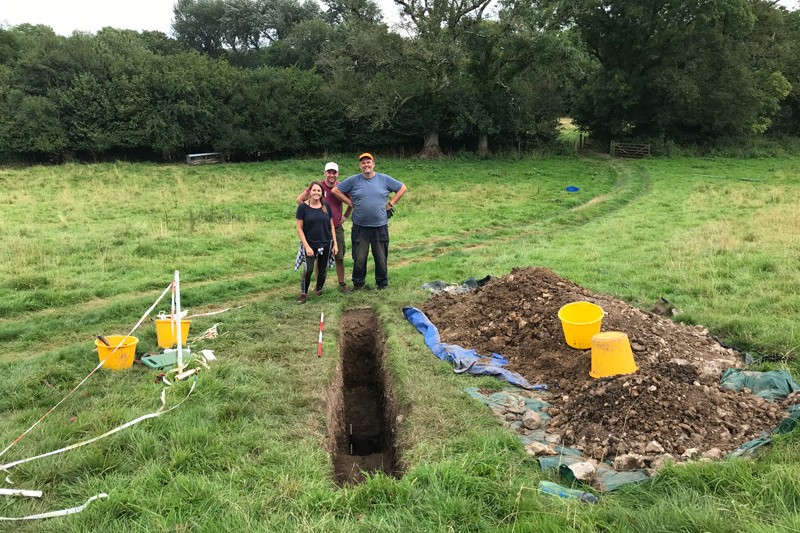Bournemouth University (BU) marine archaeologists are set to begin excavating the historic warship Invincible 1744.
BU is working with lead partner, Maritime Archaeology Sea Trust (MAST) and the National Museum of the Royal Navy (NMRN) on the excavation and conservation and eventual exhibition of important artefacts from the shipwreck, revealing important clues to what life and maritime warfare was like in the late 1700s.
The ship, built by the French in 1744 and captured by the British in 1747, was used by the Royal Navy until it sank in the Solent, hitting a sandbank in 1758. The ship has been sat on the bed of the Solent ever since.
The wreck was rediscovered by Arthur Mack, a fisherman, in 1979 after which a small-scale excavation took place, led by Commander John Bingeman during the 1980s. Since then the site has become increasingly exposed due to shifting sands in the Solent, requiring an emergency rescue excavation before all records of the ship are lost.
BU, MAST and the NMRN have been awarded £2 million from the LIBOR fund for the excavation of the wreck site, which has now begun.
Dave Parham, Associate Professor in Maritime Archaeology at Bournemouth University, said, “What Invincible has is a revolutionary hull and significant contents of an 18th century warship from armaments to personal possessions. We are excited to start excavating and studying these rare artefacts and putting them on display for the public to engage in a period of maritime history that we currently don’t know too much about.”
Dan Pascoe, the site licensee said: “It gives me great pleasure to be able to follow in the footsteps of John Bingeman and reunite once more, the Invincible with the present, through her excavation and recovery'”.
Jessica Berry, CEO of MAST, said, “Currently there is a prominent gap in our knowledge between the Mary Rose, built in 1511, and HMS Victory, built in 1765. In between, there is a missing link and Invincible will fill that. We are looking at raising a set of articulated timbers to look at how unique she was, along with some significant artefacts that will illuminate this part of maritime history and preserve it for generations to come.”
A video has been created to give more information about the project, which can be viewed on Bournemouth University’s YouTube channel.
Another important part of the project is the involvement of Service and ex-Service personnel, particularly in helping to record and conserve the artefacts, offering the chance for important voluntary contributions to the project.
Once conserved , the artefacts will go on display at the National Museum of the Royal Navy in Portsmouth Historic Dockyard, alongside other important maritime displays and the Mary Rose and HMS Victory.
More information about the excavation of the historic wreck can be found on the MAST website. A further £1million is needed to be able to complete the project; for more information about getting involved in the project or to donate, visit www.bournemouth.ac.uk/hms-invincible.



